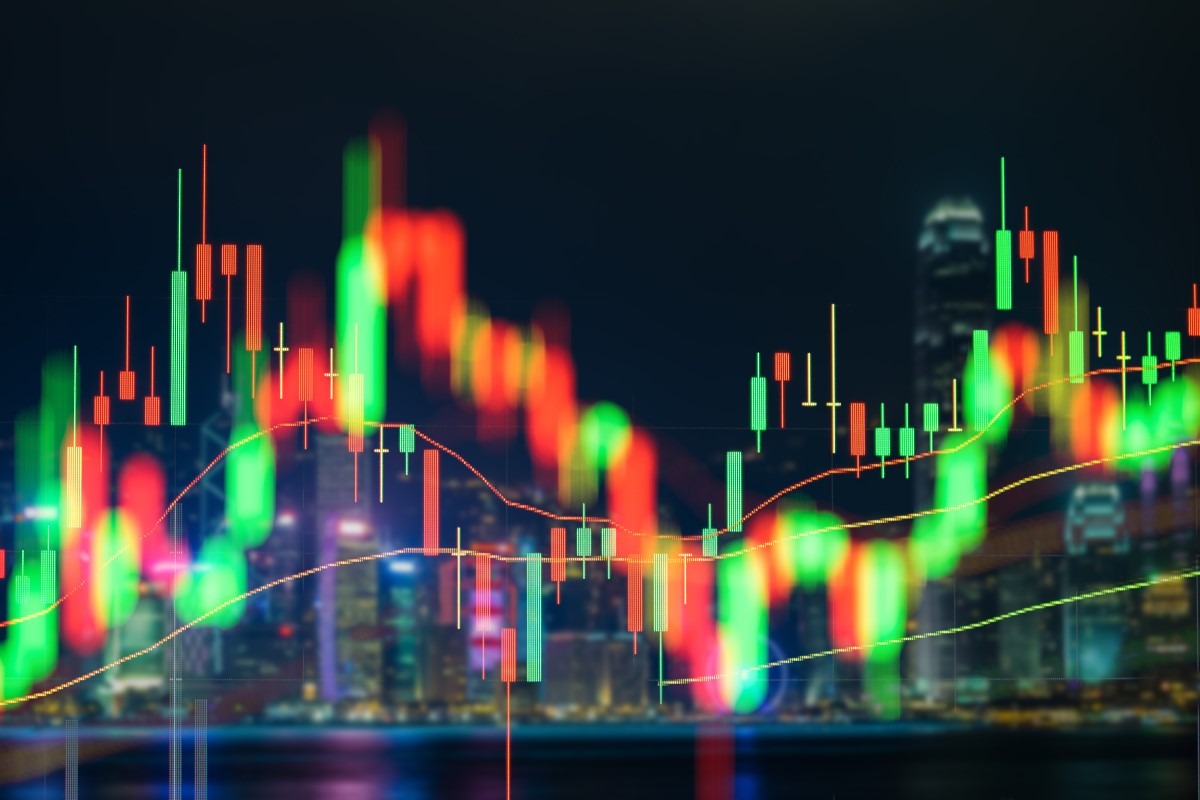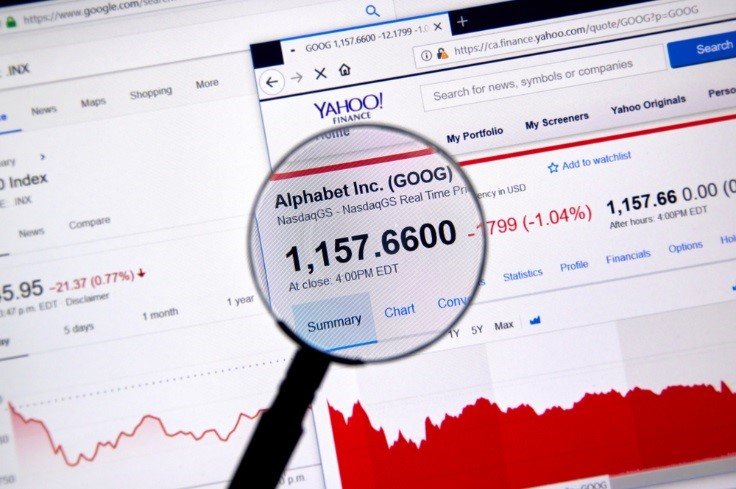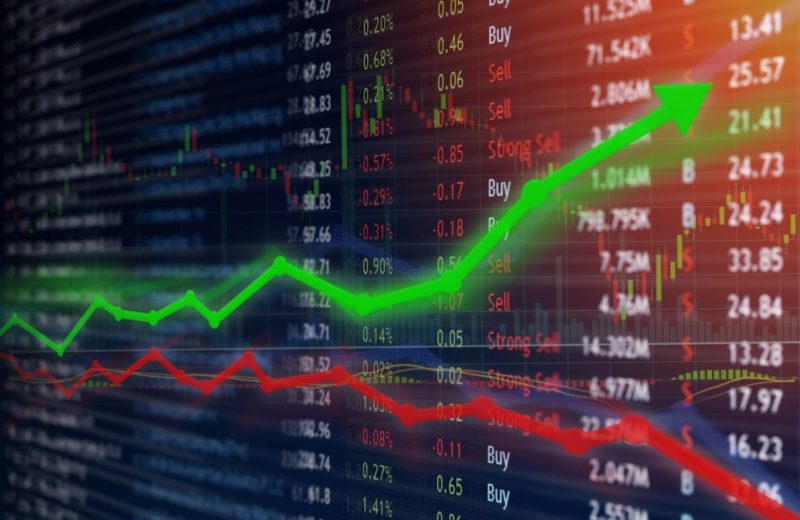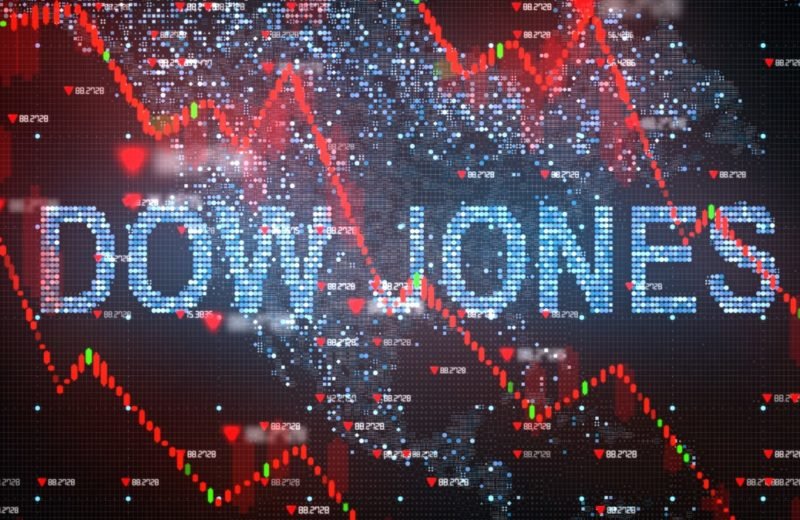On Tuesday, after negative trade developments, Asian stocks mostly fell. While President Donald Trump claimed that he would restore tariffs on U.S. steel and aluminum imports from Argentina and Brazil.
stocks in Australia led drops regionally, with the S&P/ASX 200 losing 2.19% to close at 6,712.30.
Philip Lowe, RBA Governor, thinks that the easing of 2019’s monetary policy is supporting employment and income growth in Australia. It helps inflation to return to the medium-term target range, Lowe says.
Following the RBA’s announcement on its interest rate decision, the Australian dollar changed hands at $0.6844 after seeing a low of $0.6812 earlier.
On Tuesday, the Reserve Bank of Australia said it was keeping its main cash rate at a record low of 0.75%, a move that was expected according to most analysts in a Reuters poll. Since June this year, the Australian central bank has already slashed rates three times.
Losses Among Asian Stocks
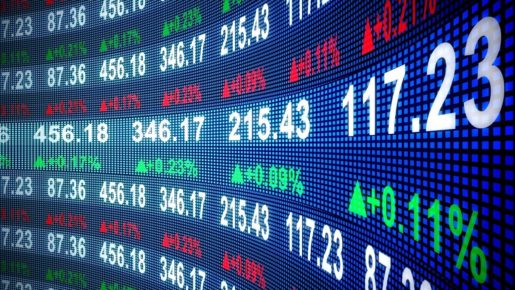 Hong Kong’s Hang Seng index lost 0.17%, as of its final hour of trading, with stocks of retailers like Sa Sa and L’Occitane falling. Data on Monday showed total retail sales volume for October in Hong Kong declined 26.2% year-on-year. According to a report, this was its worst decline on record as the city has been enduring anti-government protests for several months so far.
Hong Kong’s Hang Seng index lost 0.17%, as of its final hour of trading, with stocks of retailers like Sa Sa and L’Occitane falling. Data on Monday showed total retail sales volume for October in Hong Kong declined 26.2% year-on-year. According to a report, this was its worst decline on record as the city has been enduring anti-government protests for several months so far.
South Korea’s Kospi tanked 0.38% to close at 2,084.07 as shares of chipmaker SK Hynix lost 2.24%. Moreover, the Nikkei 225 in Japan closed 0.64% lower, ending the trading day at 23,379.81 while the Topix index shed 0.45% at 1,706.73.
Mainland Chinese stocks bucked the overall trend regionally as they recovered from earlier losses. As a result, they saw some gains on the day. The Shanghai Composite gained 0.31% to 2,884.70. Furthermore, the Shenzhen component also added 0.55% to 9,657.65.
Overall, the MSCI Asia ex-Japan index closed 0.41% lower.



